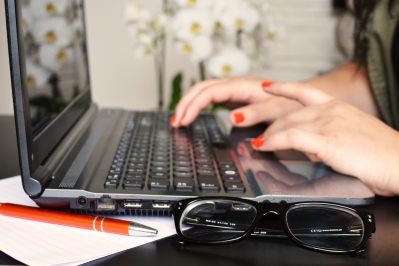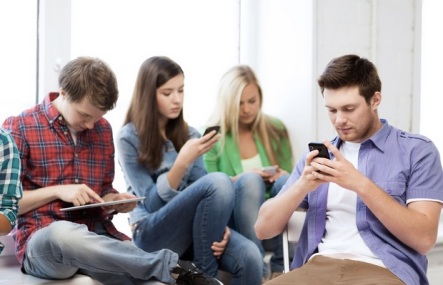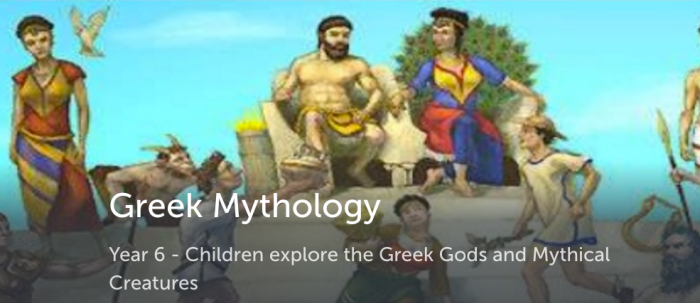What does the term ‘Digital World’ mean?
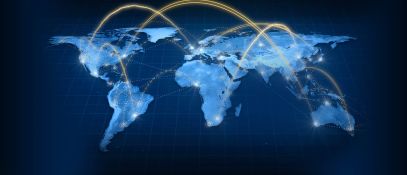 The photo “Social Media Sites With International Appeal” (myemoticonsblog.com, 2013)
The photo “Social Media Sites With International Appeal” (myemoticonsblog.com, 2013)
The ‘Digital World’ describes the world we live in today, the 21st century, where people are connected and stay connected through digital technologies. For example, Facebook friends, Twitter followers, Instagram followers, Snapchat friends and YouTube subscribers on the Internet. The ‘Digital World’ is also what digital technologies people use in everyday life such as headphones, mobile phones, laptops, computers, digital cameras and many more.
How Digital am I?
People use digital technology, such as mobile phones in everyday life in today’s society. Using digital technology makes my daily life easier because I can check the weather on my iPhone to decide what to wear, how long it will take to get from one location to the next using the “Maps” app and I can also watch my health by using the “Health” app on the iPhone. Mobile technologies have changed people’s lives and mine, not only have they made my life easier, I can also communicate with my family from England and still be in Australia.
The’Digital World’ in the Future
With technology continuing to advance in the 21st century, I need to change and adapt to the digital age I live in (“Living the Digital World,” 2009, para. 3). If I d o not keep up to date with new, advancing technologies, I will not be as educated compared to others and may not know how to use a particular technology or use it to my best ability.
o not keep up to date with new, advancing technologies, I will not be as educated compared to others and may not know how to use a particular technology or use it to my best ability.
The photo “CV & BUSINESS PROMOTING SOLUTIONS” (OneBuisnessPortal, 2016)
Click on this website for more Information about the digital world and what it would do to our world in the future: If Our Future Is Digital, How Will It Change the World?
The Digital World and the Classroom
Students do not engage in the classroom when teachers give lectures and hand out worksheets; however, I think with the presence of digital technologies and digital activities in which students can participate in, will make the learning process more interesting and fun. Students will focus and respond more to the learning outcomes expected by the teacher (“The 21st-Century Digital Learner,” 2016, para. 22).
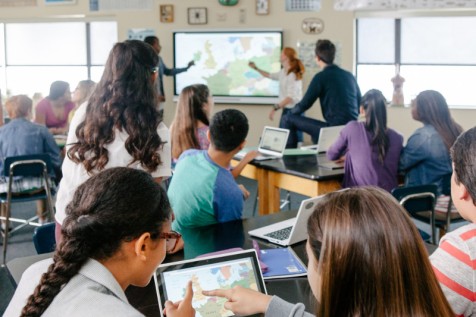 The photo “The Real Story of Classroom Technology in the OECD Report” (SMART, 2016)
The photo “The Real Story of Classroom Technology in the OECD Report” (SMART, 2016)
Top 10 Reasons to Use Technology in Education:
(Howell, 2012) claimed that digital technologies such as computers is a great tool for teachers and students in the classroom. Teachers need to understand how to effectively use a particular technology in the classroom so they can choose the most appropriate technology to emphasise the learning outcome they want students to achieve (Howell, 2012).
References:
Howell, J. (2012). TEACHING WITH ICT. South Melbourne, VIC: Oxford University Press
Living the Digital World. (2009). Retrieved from http://www.itu.int/newsroom/features/digital_world.html
Loyalty 360. (2016). Explosion of Mobile Devices Forces Marketers to Create Compelling Customer Experiences [Image]. Retrieved from http://loyalty360.org/Content-Gallery/Daily-News/Explosion-of-Mobile-Devices-Forces-Marketers-to-Cr
Myemoticonsblog.com. (2013). Social Media Sites With International Appeal [Image]. Retrieved from http://blog.myemoticons.com/
OneBusinessPortal. (2016). CV & BUSINESS PROMOTING SOLUTIONS [Image]. Retrieved from http://64.49.246.248:8080/bme/bca/SW_Promo_CWP.php?recid=1087
SMART. (2016). The Real Story of Classroom Technology in the OECD Report [Image]. Retrieved from http://edblog.smarttech.com/2015/09/the-real-story-of-classroom-technology-in-the-oecd-report/
The 21st –Century Digital Learner, (2016). Retrieved from http://www.edutopia.org/ikid-digital-learner-technology-2008
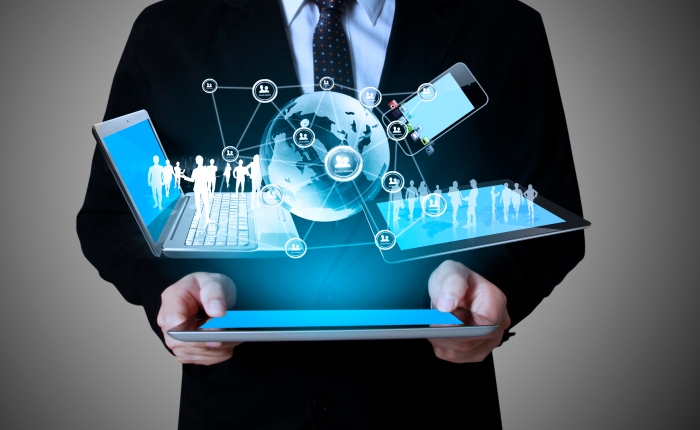
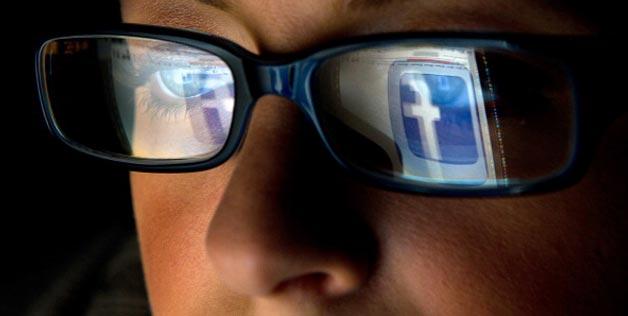
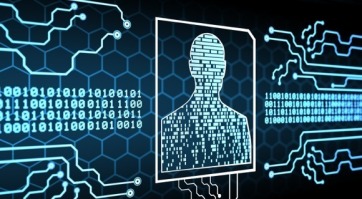
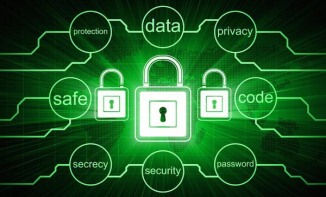 “Digital security is the protection of your digital identity – the network or Internet equivalent of your physical identity. Digital security includes the tools you use to secure your identity, assets and technology in the online and mobile world.” (“What is digital security,” 2016, para. 1).
“Digital security is the protection of your digital identity – the network or Internet equivalent of your physical identity. Digital security includes the tools you use to secure your identity, assets and technology in the online and mobile world.” (“What is digital security,” 2016, para. 1).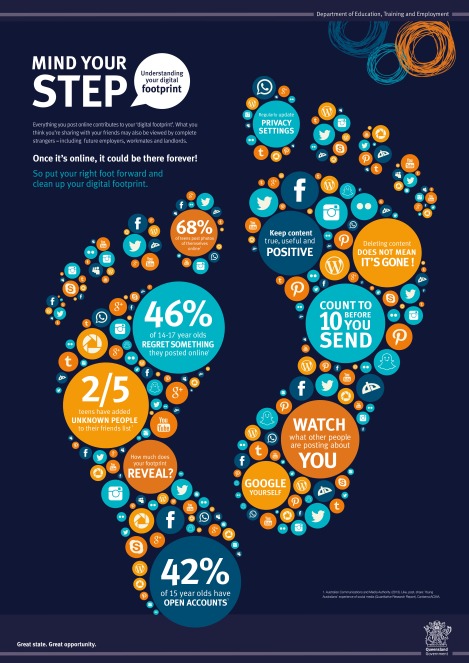
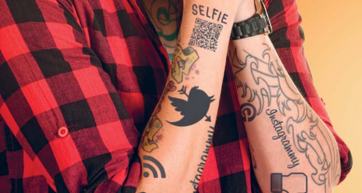
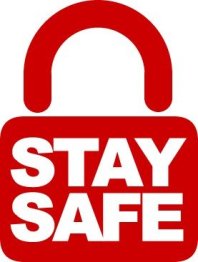
 picture of myself online most people can see it and may be able to download it
picture of myself online most people can see it and may be able to download it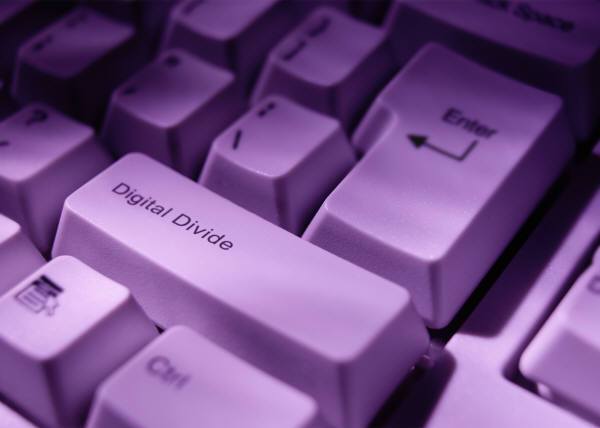
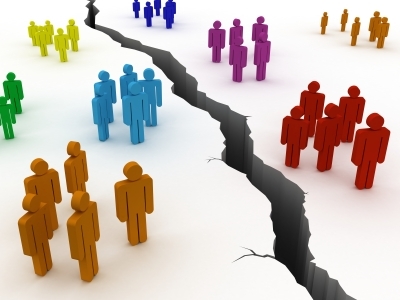
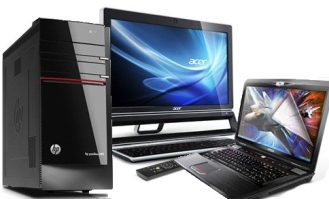 of computers, laptops and mobile phones has come down in recent years, so much that basic technology is within people’s grasp. (“Lack of affordable broadband creating ‘digital divide’,” 2014, para. 1). “Access to affordable and reliable broadband, though, still eludes a significant segment of society” (“Lack of affordable broadband creating ‘digital divide’,” 2014, para. 2).
of computers, laptops and mobile phones has come down in recent years, so much that basic technology is within people’s grasp. (“Lack of affordable broadband creating ‘digital divide’,” 2014, para. 1). “Access to affordable and reliable broadband, though, still eludes a significant segment of society” (“Lack of affordable broadband creating ‘digital divide’,” 2014, para. 2).